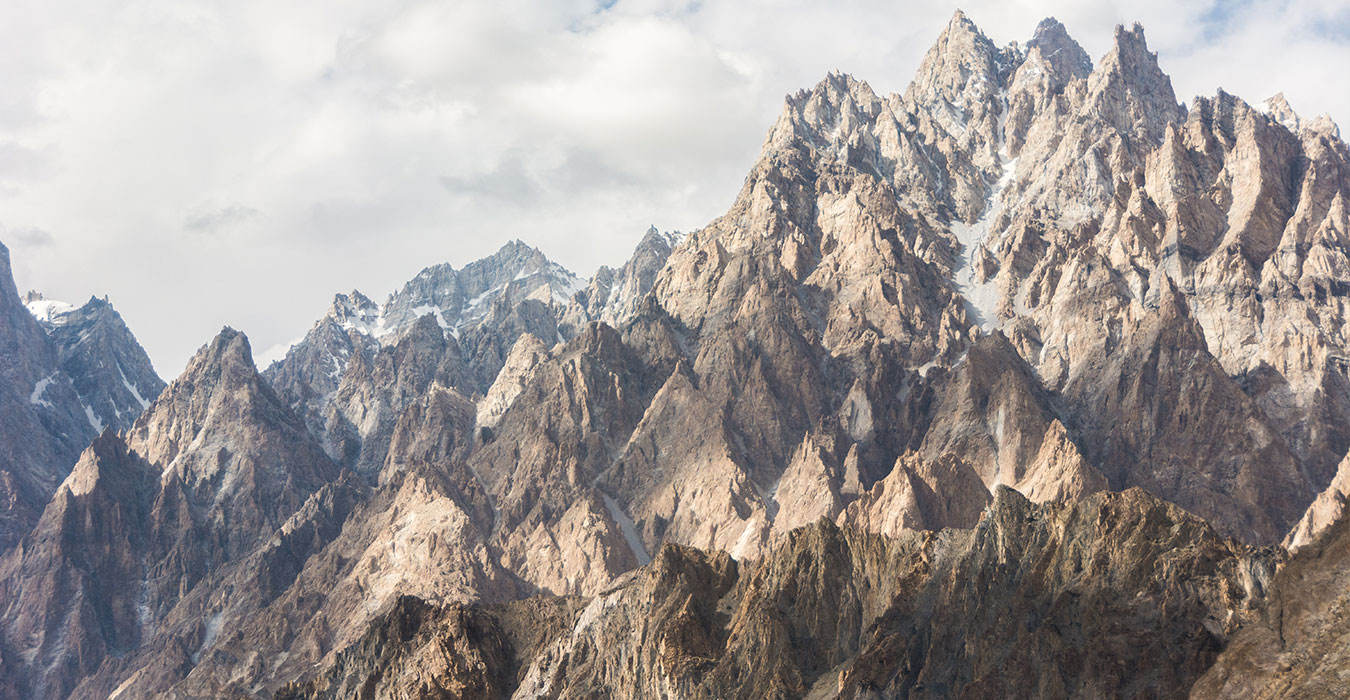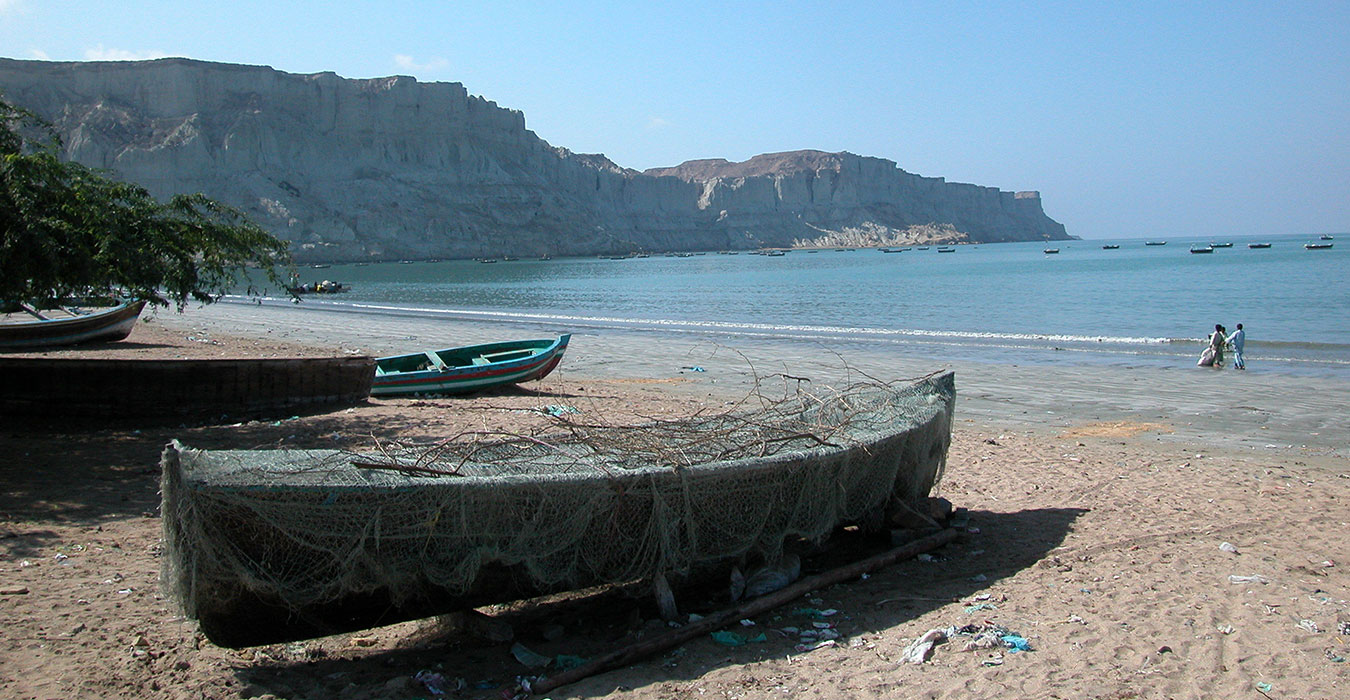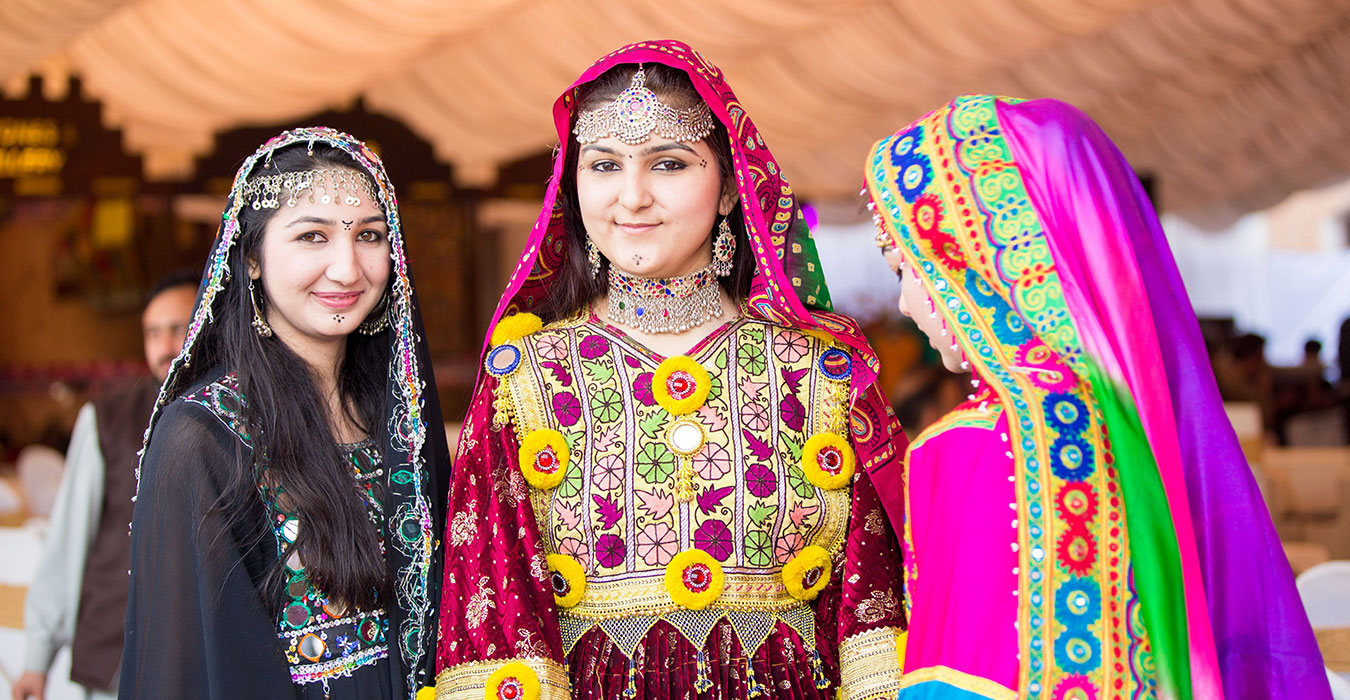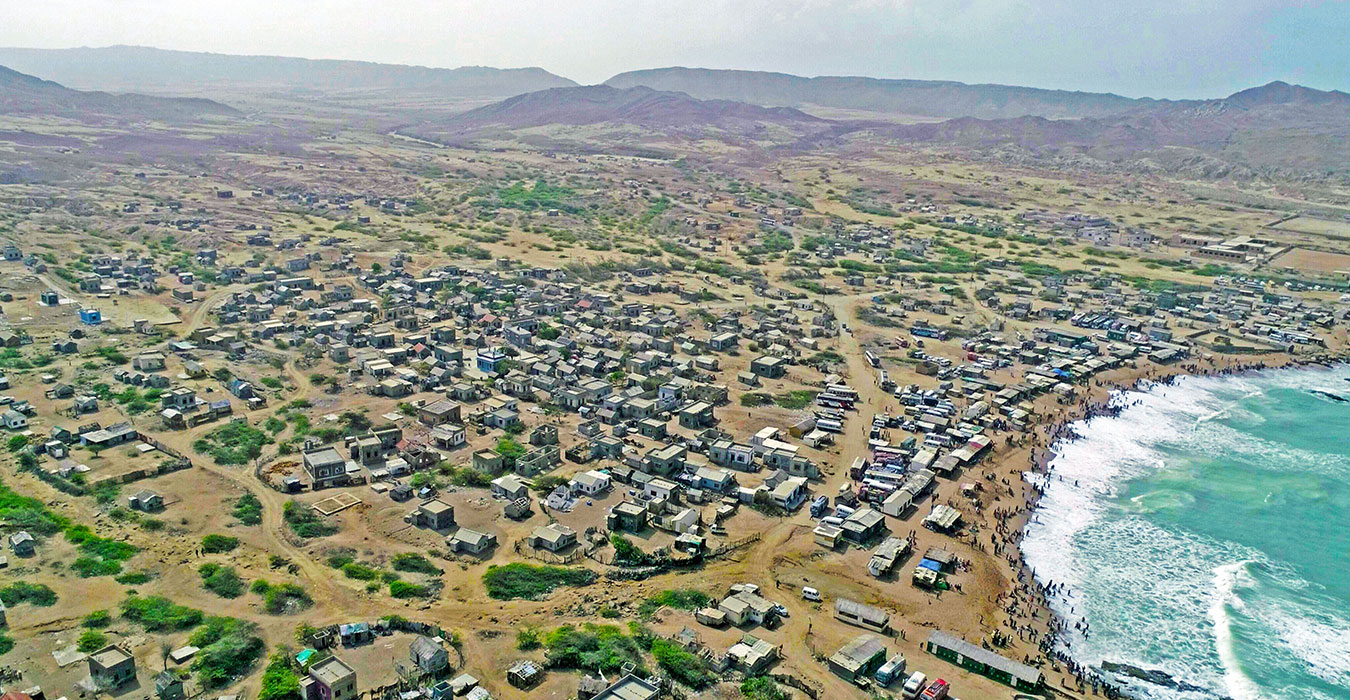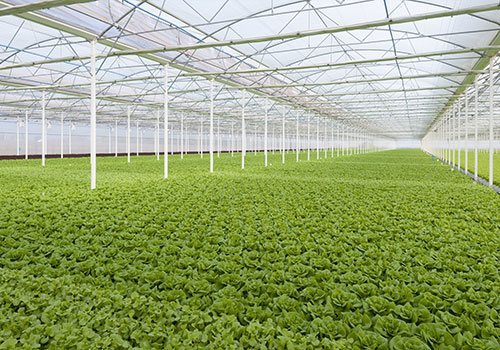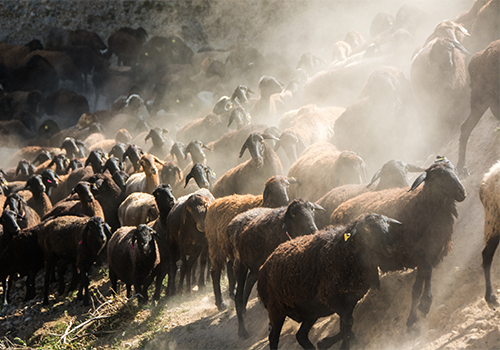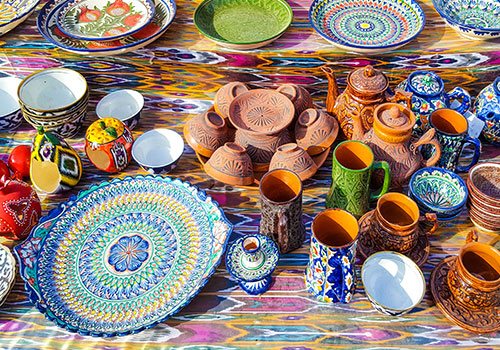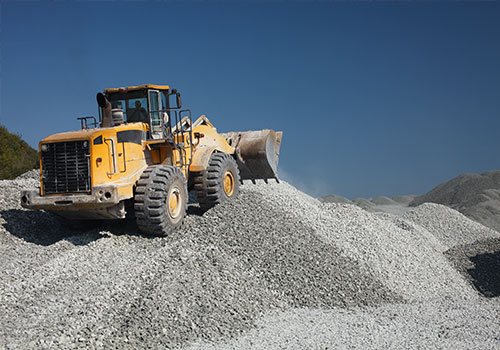Pakistan’s largest province, Balochistan constitutes about 43.6 percent of the total area. Its clustered population constitutes to the smallest in proportion, compared to that of other provinces. Because of the unique geographical location, the population census of 2017 census shows the number as 12.34 million, representing a low density per square kilometre. The physical speciality of Balochistan can be divided in to four distinct zones: Upper high lands, lower high lands, plains, and desert. The leading ethnic groups here are the Baloch people and the Pashtuns, who constitute about 52% and 36% of the population. Rest of the community came from different nations as well as tribes. The name of the province ‘Balochistan’ actually means “the land of the Baloch” in many regional languages.


- Home
- About Us
- About Us
- Who We Are
- BMI in Numbers
- Investing with BMI
- Investing with BMI
- Where we Invest
- How we Invest
- Investment Strategy
- Investment
- Fund Platform
- Balochistan
- Trading With BMI
- Trading With BMI
- Where we Trade
- How we Trade
- Trading
- Contact Us
- Contact Us
- Career
